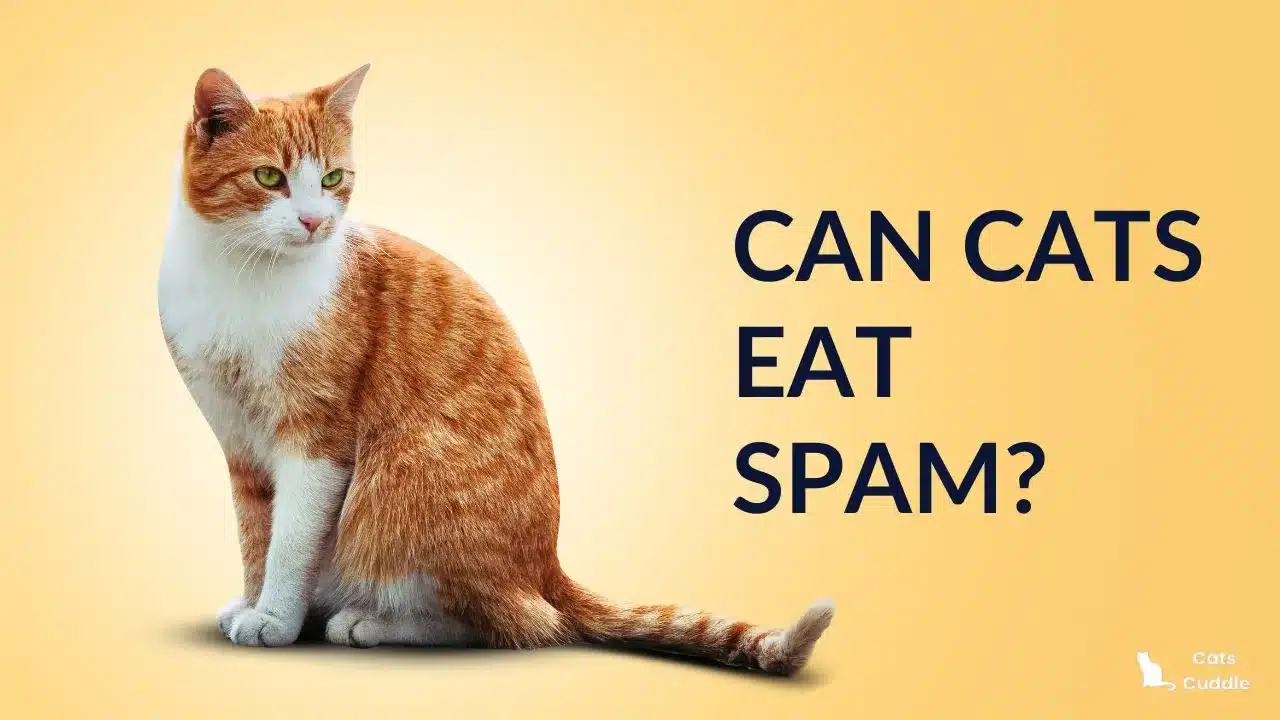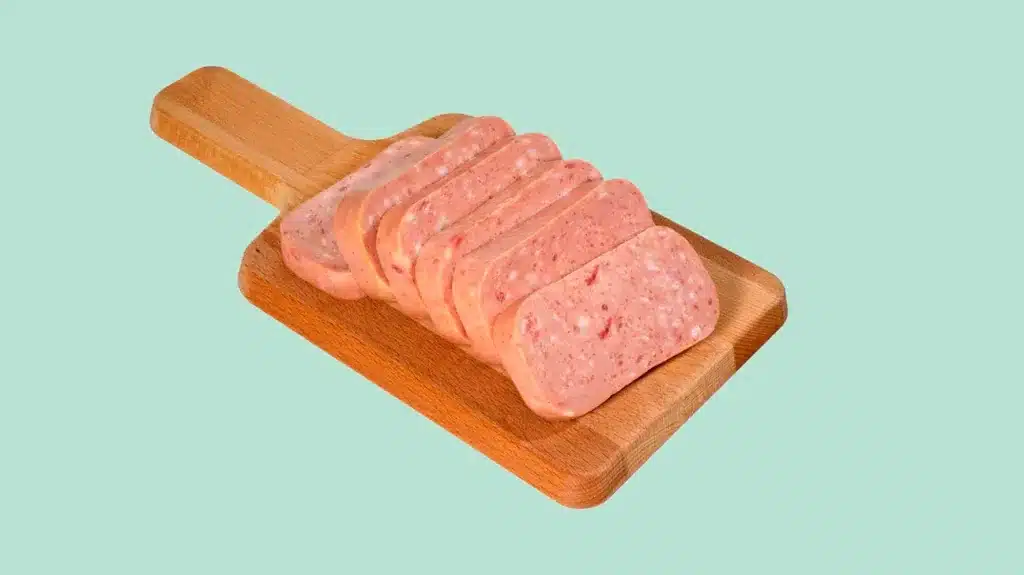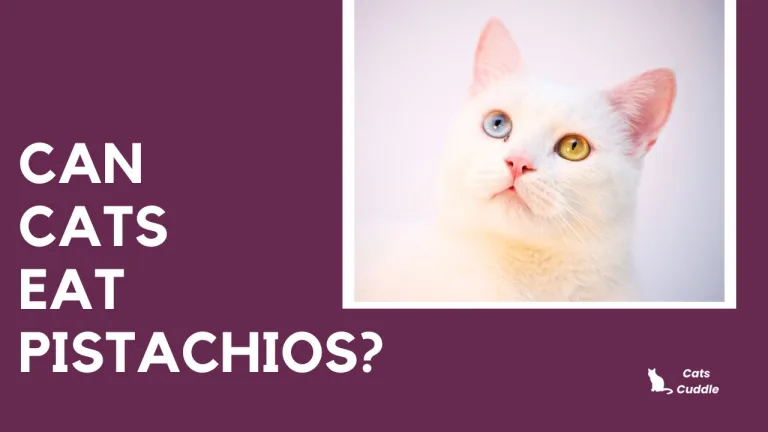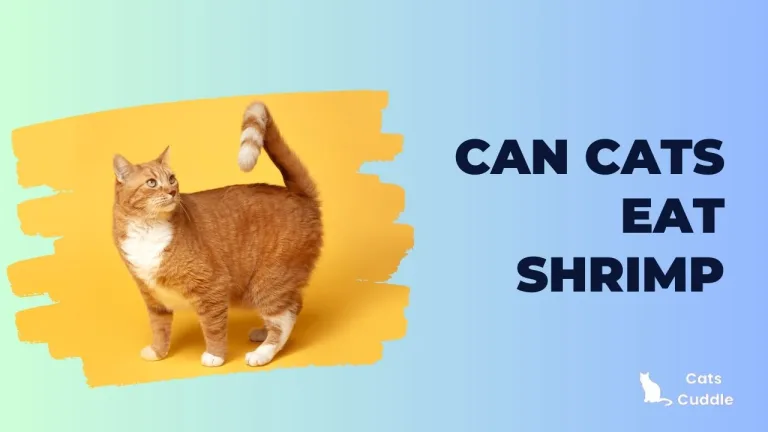Can Cats Eat Spam?
Hey there, fellow cat enthusiasts! Today, we’ll discuss a topic that might have crossed your mind while munching on a sandwich or preparing a quick snack. Ever caught your feline friend eyeing that can of Spam in your hand and wondered, “Can my cat indulge in this meaty treat?”
It’s a question that beckons an answer, especially for those of us who are always on the lookout for our purring pals’ well-being. Understanding our cats’ dietary needs is more than just a curiosity; it’s a responsibility. So, let’s unwrap this mystery together and find out if Spam is a feline-approved snack or a no-go zone for our whiskered companions.
Spam, with its high sodium, fat content, and preservatives, poses health risks to cats and does not meet their nutritional needs. Opt for fresh, unseasoned meats or quality cat treats instead to keep your feline friend healthy and happy, avoiding processed human foods like Spam.
What is Spam?
Before we pounce on the main question, let’s take a brief stroll through history. Spam, the iconic canned meat, has graced our pantry shelves since 1937. Known for its convenience and long shelf life, it’s a blend of pork, potato starch, water, salt, and a handful of other ingredients, including preservatives.
While it might be a staple in human emergency kits and quick-fix meals, when it comes to our feline friends, the ingredients list warrants a closer look. It’s crucial to dissect what’s inside this can before deciding to share a slice with your kitty.
Can Cats Eat Spam?
Now, get into the question, can cats eat Spam? Well, the answer is a bit more complex than a simple yes or no. From a nutritional standpoint, cats are obligate carnivores, which means their diet should primarily consist of meat.
However, the type of meat and its preparation matter significantly. Spam, with its processed nature and ingredients designed for human consumption, raises several red flags.
Nutritionists and veterinarians often emphasize the importance of a balanced diet tailored to a cat’s specific needs. Spam, high in sodium and fat, strays far from the ideal dietary components for cats.
The occasional nibble might not send your cat into a health spiral, but it’s certainly not a recommended staple. The intriguing blend of flavors might catch your kitty’s interest, but the nutritional mismatch and potential health risks are worth considering before you decide to share your Spam with them.
Risks of Feeding Spam to Cats
High Sodium Content
One of the most glaring issues with feeding Spam to cats is its high sodium content. Cats require a much lower sodium intake compared to humans, and the excessive salt found in Spam can lead to dehydration, increased blood pressure, and in severe cases, sodium ion poisoning. The signs of too much salt intake can be subtle at first but can escalate to more serious health issues if not addressed promptly.
High Fat Content
Another point of concern is the fat level in Spam. While cats do need a certain amount of fat in their diet, the type and amount in Spam are far from ideal. High-fat diets can lead to obesity and other health problems in cats, including diabetes and heart disease. The ease with which a cat can put on extra weight should caution us against offering fatty foods like Spam.
Preservatives and Additives
Lastly, the preservatives and additives that keep Spam shelf-stable are not something your cat needs. These chemicals can have unknown effects on feline health, especially with long-term exposure. It’s always better to err on the side of caution and stick to foods specifically formulated for cats, which contain the nutrients they need without the risky extras.
Safe Alternatives to Spam
Now, knowing that Spam might not be the best choice for our furry friends, let’s explore some safer alternatives. After all, we love treating our cats, and finding healthy options is part of the fun! There are plenty of cat-friendly treats out there that can satisfy their meat cravings without the risks associated with processed human foods.
- Cooked, Unseasoned Chicken or Turkey: These meats, when cooked plainly without any added spices or salt, can be a fantastic source of protein for cats. Just make sure they’re fully cooked and avoid any bones.
- Commercial Cat Treats: There’s a wide variety of commercial cat treats designed to be both delicious and nutritionally beneficial for cats. Look for options with minimal additives and high protein content.
- Specialized Cat Food Toppers: For an extra special treat, consider cat food toppers, which are made to enhance the nutritional value and taste of their regular meals. These often come in forms like purees or flakes of freeze-dried meat.
Frequently Asked Questions (F.A.Q.)
Can cats eat raw Spam?
Feeding raw Spam to cats is not advisable. Despite Spam being precooked and thus “raw” from the can doesn’t mean it’s raw in the traditional sense, it’s still highly processed with added salt, preservatives, and flavorings that are not suitable for feline consumption.
Can cats eat cooked Spam?
Cooking Spam does not reduce its high sodium and fat content, nor does it eliminate the preservatives and additives that are potentially harmful to cats. While cooking might kill any surface bacteria, the primary concerns with Spam – its nutritional composition and added ingredients – remain unchanged. Therefore, even cooked Spam should not be considered a safe or healthy treat for cats.
Can a small amount of Spam harm my cat?
While a tiny nibble of Spam is unlikely to cause immediate harm to your cat, it’s not recommended due to its high sodium and fat content. Consistent consumption, even in small amounts, can lead to health issues over time.
Are there any benefits to feeding cats Spam?
Spam doesn’t offer any nutritional benefits for cats that they can’t get from well-balanced cat food. The risks associated with its ingredients far outweigh any potential enjoyment or nutritional value it might provide.
How should I respond if my cat accidentally eats Spam?
If your cat sneaks a bite of Spam, there’s no need to panic. Keep an eye on them for any signs of distress, and ensure they have plenty of fresh water available. If they consume a large amount or show symptoms of illness, consult your veterinarian.
Wrapping Up
To wrap up, while sharing our favorite snacks with our cats can be tempting, it’s vital to prioritize their health and dietary needs. Spam, with its high sodium and fat content, along with preservatives and additives, is best left off the menu for our feline companions. By choosing healthier, cat-specific treats and maintaining a balanced diet, we can ensure our beloved pets live long, happy, and healthy lives. So, next time you’re enjoying a can of Spam, remember that the best way to show love to your cat is by offering them something a bit more suited to their dietary needs.




![Can Cats Eat Ranch Dressing? – Risks & Alternatives [2024]](https://catscuddle.com/wp-content/uploads/2024/03/Can-Cats-Eat-Ranch-Dressing-768x432.webp)



